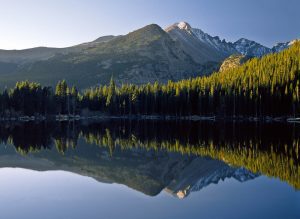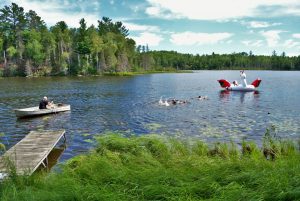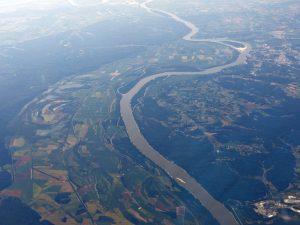One of the world’s most important river systems in terms of its size, variety of habitats, and biological efficiency is the Mississippi River in the United States.
Besides being a vital commercial river, it is also a major migration route for wildlife, including fish and birds, across North America.
So just how big is this vital river?
The Mississippi River is over eleven miles wide at its biggest area, a distance not easy to fathom, for a river.
In Bena, Minnesota, Lake Winnibigoshish has the broadest stretch of the Mississippi’s flow. Meanwhile, the river’s narrowest stretch is in Lake Itasca, where it is between 20 and 30 feet wide.
Table of Contents
How deep is the Mississippi River?

The river is three feet deep at its source and gets deeper as it travels down its length. Located in New Orleans, the river’s deepest point is 200 feet.
The shortest stretch of the entire length is between 20 and 30 feet wide. The Great Plains as well as North America’s Interior Lowlands make up the Mississippi drainage’s geology and physical landscape.
Located in the high, middle, and lower Mississippi River basins are three separate parts of the Mississippi River.
How long is the Mississippi River?
The Mississippi River, from its beginning point in Lake Itasca to the Gulf of Mexico, is the second-longest river in North America, extending 2,350 miles.
More than a hundred miles separate it from the Missouri River, a tributary of the Mississippi.
In terms of total river length, some people believe that the Mississippi River system is the third-longest river system on Earth if you include the Ohio and Missouri Rivers.
How many rivers are longer than the Mississippi River?
The Missouri and Mississippi Rivers are jointly the world’s fourth-longest river, after the Nile, which is 4,160 miles, the Amazon at 4,000 miles, and the Yangtze River at 3,964 miles. However, it should be noted that the length of the Amazon River is heavily disputed, with some experts considering it the longest river in the world.
The stated length of a delta might change depending on the amount of deposition and erosion that takes place.

There may be discrepancies in length depending on the year or measurement technique. The Itasca State Park personnel estimate that the Mississippi River’s main stem is 2,552 miles in length.
The length of the Mississippi River has been estimated as 2,300 miles by the US Geological Survey, 2,320 miles by the Environmental Protection Agency, and 2,350 miles by the Mississippi National River and Recreation Area.
How fast does the Mississippi River flow?
The typical surface speed of the Mississippi River at its source is about 1.2 miles per hour, which is roughly half the speed at which people walk.
Three miles per hour is the average speed of the river in New Orleans. A variety of factors will affect the river’s speed, such as when water levels rise or fall, the river’s width, narrowness, or shallowness.
To put things into perspective, the water from Lake Itasca, the river’s source, takes around three months to reach the Gulf of Mexico.
How is the Mississippi’s volume measured?
The volume of water a river can carry is another way to gauge its size. At 16,792 cubic meters (or in cubic feet 593,003) every second, the Mississippi River ranks 15th for the world’s biggest rivers.
The Amazon River, on the other hand, discharges 209,000 cubic meters or in cubic feet 7,380,765 each second, making it the largest river in terms of volume.
Is there anyone living along the Mississippi?
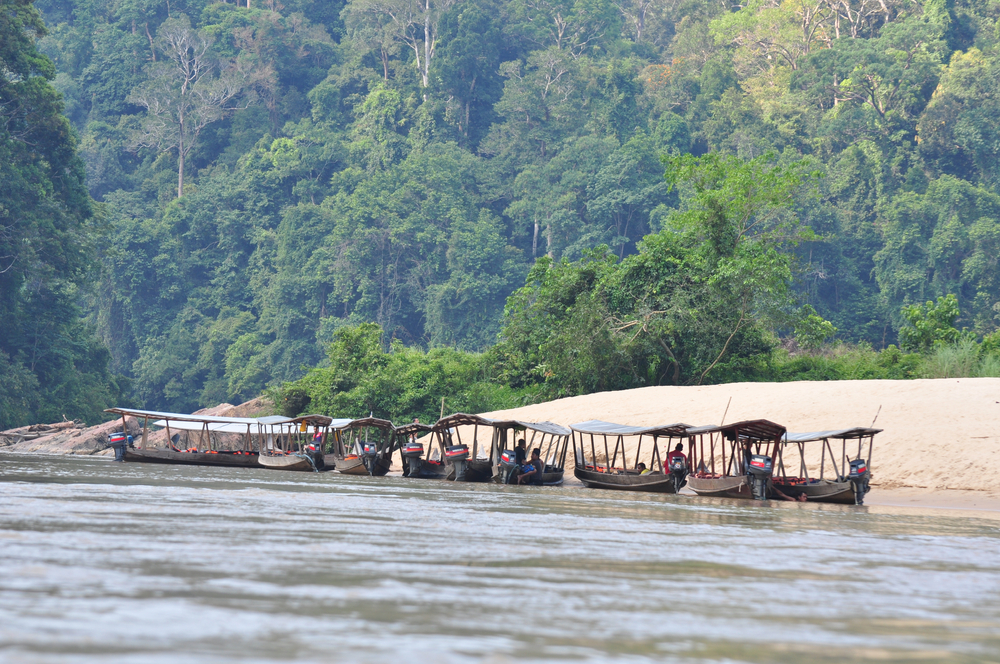
Historically, many Native Americans used the river as a source of food and a means of transportation. For many years, early European explorers utilized the Mississippi River for exploring the northern and inner regions of what would become the USA.
During the period that the region remained a frontier, fur traders traveled the river, and armies from different nations stationed troops at various key locations along its shores.
When white settlers turned up on steamboats from throughout Europe and the United States, they displaced the Native Americans from their homes and reclaimed their land for farming and urbanization.
How beneficial is the Mississippi River to the United States economy?
A large portion of the upper Midwest’s economy is powered by the Mississippi River. There are 29 locks and dams in the upper Mississippi River system that allow barges and nearby towns to transport about 175 million tons of freight each year.
Boaters, canoeists, hunters, anglers, and birdwatchers can enjoy a wide range of outdoor activities in the area.
Which areas does the Mississippi River drain?
A large portion of the Appalachian and Rocky Mountain regions is drained by the Mississippi River.
Around 6 cubic feet per second of water flows through Lake Itasca.
The river moves about 89,869 gallons per second through the Upper St. Anthony Falls Lock and Dam in Minneapolis, the farthest north lock and dam.
There is an average flow rate of 600,000 cubic feet per second through the New Orleans system.
How big is the Mississippi River watershed?

Rivers can also be sized by their watersheds, which is the area drained by the watercourses that flow into them.
More than 40 percent of the continental United States is drained by the Mississippi River, which drains an area of around 3.2 million square kilometers (1.2 million square miles).
The Mississippi River’s watershed stretches from the Allegheny Mountains to the Rocky Mountains, making it the fourth-largest watershed in the world.
To put that into perspective, the Amazon River drains an area of 7.1 million square kilometers (or 2.7 million miles).
Is the Mississippi River a major water source for communities?
The Mississippi River serves both as a source of fresh water and a disposal point for industrial and municipal trash throughout the river’s length.
In the Mississippi River Basin as a whole, we don’t have accurate data on water use, but we do have a few indicators.
The Upper Mississippi River Conservation Committee published a study in January 2000 stating that about 15 million people in the upper half of the basin rely on the river or its tributaries (from Cairo, IL to Minneapolis, MN).
According to an assessment done by the River Basin Committee for the upper region, 18 million people rely on this river’s watershed for their water supply.
More than 50 cities rely on the Mississippi for their daily water supply, according to the EPA.
How does the Mississippi River benefit the commerce sector?
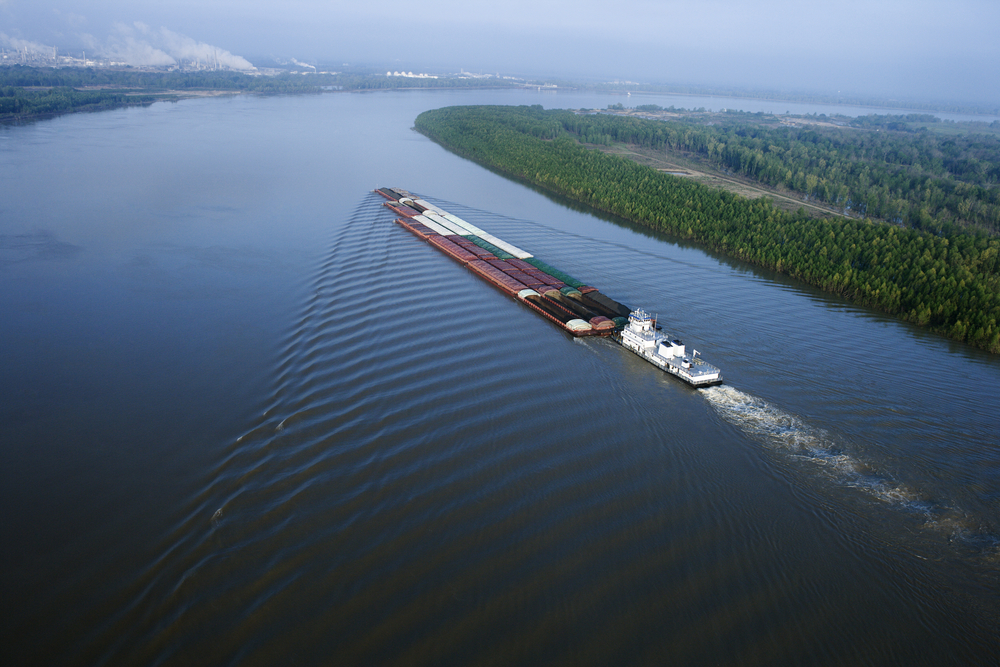
The Mississippi basin’s hydrologic cycle and energy budget have been transformed by agriculture for nearly 200 years.
As a result, 92 percent of the United States’ produce exports are generated in the basin, plus 78 percent of feed grains exported worldwide and the majority of the nation’s pigs and livestock.
Ports in New Orleans and South Louisiana account for 60 percent of all grain exported from the United States.
Are there ports along the Mississippi River channel?
The Mississippi River delta in Louisiana is home to the world’s largest port region by tonnage.
South Louisiana is one of America’s largest ports in terms of the volume of cargo handled. As per the Port of New Orleans, the Mississippi River barge harbor scheme handles an estimated 500 million tons of products each year.
Shipments on the Mississippi’s lower end are primarily made up of crude oil and petroleum byproducts as well as iron and steel, grain, rubber, paper, and wood products.
The shipping channel of the Mississippi is the widest in Lake Pepin, where the channel is approximately two miles wide.
The U.S. Army Corps of Engineers operates a 9-foot cargo corridor from Baton Rouge, Louisiana, to Minneapolis, Minnesota, to convey products up and down the Mississippi River.
Ports between New Orleans and Baton Rouge are accessible via a 45-foot channel maintained between Baton Rouge and the Head of Passes.
What is the significance of the Mississippi River’s St Anthony’s Falls?
St. Anthony Falls is the focal point of the MNRRA route. In the corridor, no other location can compete with its national and international importance.
You won’t find another one elsewhere. The upper Mississippi River has only one other significant waterfall, St. Anthony Falls.
Many important European and American explorers have visited and commented on the site over the years, including Father Louis Hennepin, Jonathan Carver, and Zebulon Pike.
In terms of economics, the falls made it possible to build a city with no rival west of Chicago to the Rockies and south to St. Louis.
The falls also made it possible for sawmilling and wheat milling in the area to become the world’s biggest producers of their respective commodities.
The falls also generated the nation’s earliest commercialized hydroelectric central power station, which was powered by the falls.
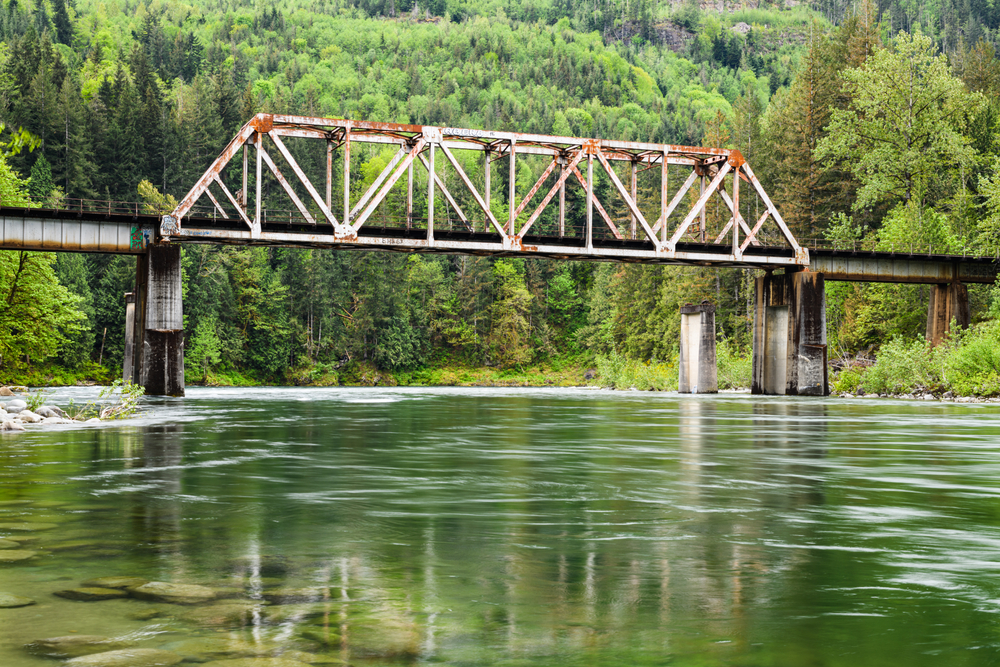
The Washburn A Mill and Pillsbury A Mill are both National Historic Landmarks. The Great Northern Railway Bridge is also a National Engineering Landmark.
St. Anthony Falls is worth a closer look for all of these reasons and more.
What is the formula for calculating tonnage on the Mississippi River?
A cubic foot of water is equivalent to 7,489 gallons of water. Water weighs 62.4 pounds per cubic foot.
So, how do we know how much flows in the river? Picture a 3,600 cubic foot box, about the same size as a 48-foot tractor-trailer.
At Lake Itasca, a semi-trailer of water could take about 10 minutes to pour into the Mississippi River from the lake.
Approximately three of those containers filled with water pass over its falls each second at St. Anthony Falls.
Meanwhile, Algiers Point in New Orleans receives 166 similar container-sized amounts of water every second.
How diverse is the Mississippi River’s wildlife?
In the floodplain of the Mississippi River, a wide variety of creatures can be found.
The Mississippi River is home to an estimated 260 fish species, a quarter of all North American fish species. Many migratory birds also rely on the river during their migrations.
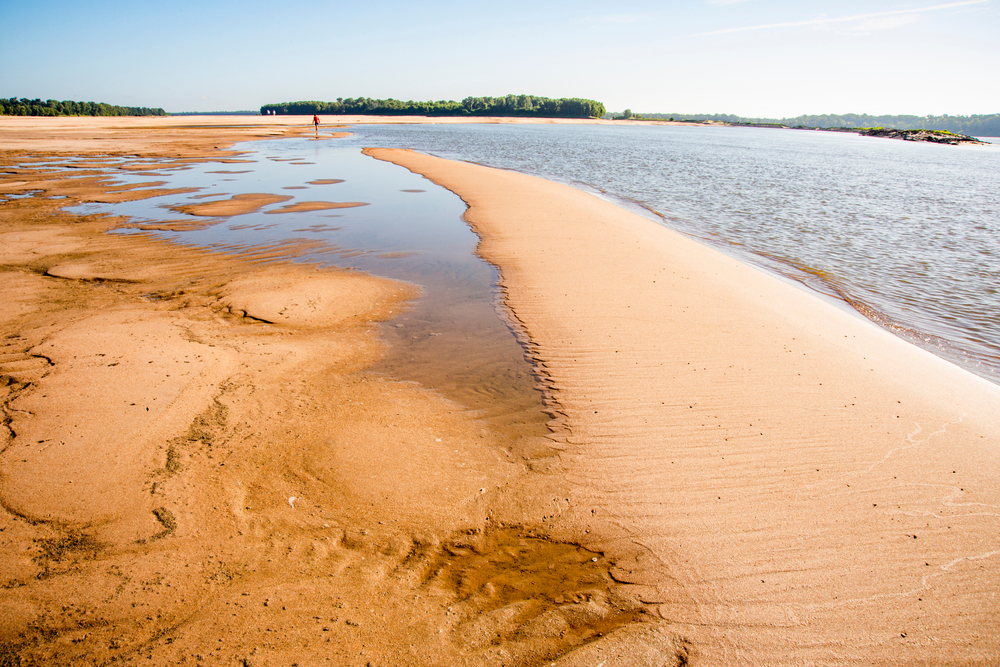
The river corridor is used by 40% of the country’s migratory ducks during spring and autumn migration.
The Mississippi River Basin serves as a migratory flyway for more than 75 percent of all North American birds.
That amounts to approximately 326 bird species.
In the meantime, there are 38 known mussel species in the area between Cairo, Illinois, and Lake Itasca.
As many as 60 mussel species can be found in the Mississippi River’s lower reaches.
More than 50 types of mammals can be found in the Upper Mississippi River Basin. The Upper Mississippi River region is home to approximately 145 amphibian species as well as reptiles.








